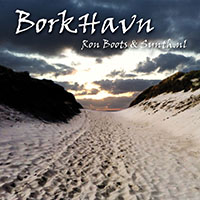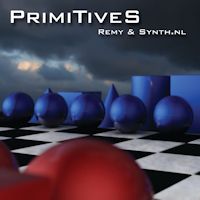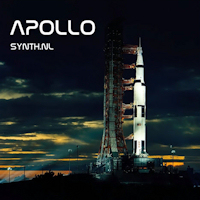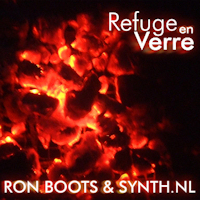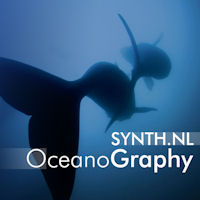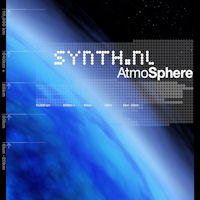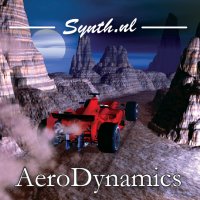
Last week Moog Music introduced new software for the Moog Little Phatty Stage Edition. I was bit surprised about the last one. They just introduced the Little Phatty II with some new features like for example an midi syncable Arpeggiator and LFO midi sync capabilities and also and USB midi port. But now you can just upgrade your original Little Phatty for free with these new features as well. Very nice Moog! I like that. You can even buy the USB midi port as an addon, but I don't care for that. Midi on an analog synthesizer is already luxurious I think :)

Updating the Little Phatty was quite easy. Moog provides a couple of update tools for various Operating Systems. You just start it set the right Midi ports and it starts updating. In the picture on the left you see that it is running software version 2.0 now. I played around a bit with the new features and it works like a charm. You have to go a bit deeper in the menus to set it all up, but this is all quite intuitive. Especially the LFO sync is a welcome feature for me. You can look at the
Moog Music website what else is all new in this software version.

Also a new software version for the Moog Voyager RME was available I saw on the website. Updating that one was a bit more complex. You get 4 sysex files (Bank A, B, C, D) that you have to send to it with some sysex tool. I used
SendSX for that. A little tool that is quite useful for these kind of tasks. You have to set the Voyager first in update mode and then start sending bank A. It did ask me for Bank C and D but not for B? Strange. I did send that one as well and then it asked for bank D again. I don't get the logic in this, but well it seemed to work.

Here you can see that the RME is running software version 3.4 now. It was released in June so I missed that back then. The changes in this version were a bit less radical, but still nice. You can again see them on the
Moog Music website. I did encounter a little problem after updating. I could hear the stepping suddenly when changing a parameter like filter cutoff. Very annoying. After looking in the manual that came with the update I found that I had to change the parameter that shows the value on the display when you turn a knob to off. Very strange that this has influence on that. But well I rather not hear the stepping than that I see the parameter on the display. Maybe Moog can fix this in a future version. Well all in all this took me about half an hour and both my Moogs are now completely up to date again :)
 Since yesterday the music from my 'AeroDynamics' album is playing 24 hours a day 7 days a week on rotation on Bohemia Radio. An independant radio station that streams around the world. Tune in and catch some some of my songs you might not have heard before. Not everything from the album is on my website or MySpace page. Check them out and if you like them think about buying the album ;) I don't know how long these will stay on. Not forever any way. You can listen to this station on their website. Do Enjoy!
Since yesterday the music from my 'AeroDynamics' album is playing 24 hours a day 7 days a week on rotation on Bohemia Radio. An independant radio station that streams around the world. Tune in and catch some some of my songs you might not have heard before. Not everything from the album is on my website or MySpace page. Check them out and if you like them think about buying the album ;) I don't know how long these will stay on. Not forever any way. You can listen to this station on their website. Do Enjoy!






















































